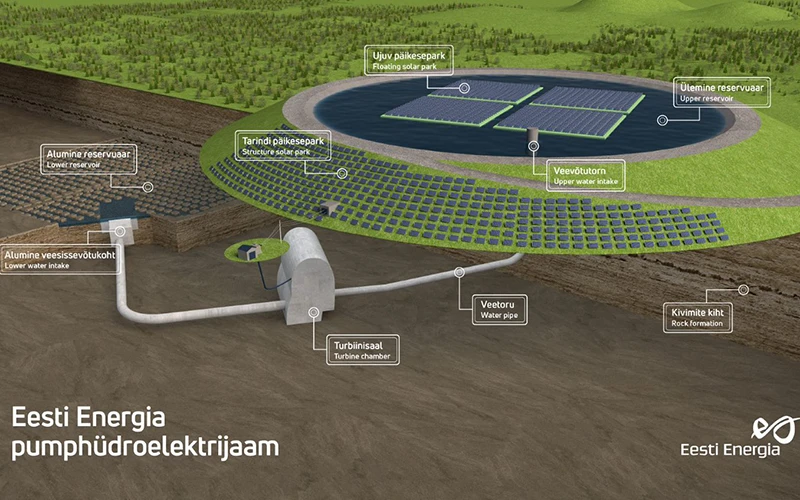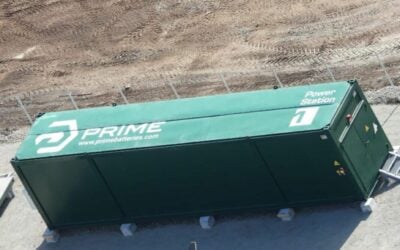
State-owned Estonian energy company Eesti Energia is planning to build a 225MW pumped hydro energy storage facility, as part of a wider push to become independent of Russian energy.
The company has started carrying out preliminary design and environmental impact assessment for the works which could be completed by 2025-26.
Enjoy 12 months of exclusive analysis
- Regular insight and analysis of the industry’s biggest developments
- In-depth interviews with the industry’s leading figures
- Annual digital subscription to the PV Tech Power journal
- Discounts on Solar Media’s portfolio of events, in-person and virtual
Or continue reading this article for free
This means it could be completed in time for the Baltic region including Estonia’s planned connection to the continental electricity system – and concurrent disconnection from the Russian energy system – in 2026.
The pumped hydro energy storage plant is being planned for the industrial area of a now closed oil shale mine in the northeast county of Ida-Virumaa.
Eesti Energia said it is not aware of disused mines being used as reservoirs for pumped hydro anywhere else, and that the concept could be exported to countries whose land relief makes conventional pumped hydro energy storage difficult.
The plan, illustrated in the above image, is for the upper reservoir to be built on a tailings dam, an earth-fill embankment used to store byproducts of mining, while the closed mine underground will be used as the lower reservoir.
The Baltic states are currently part of Russia’s electricity system but are seeking to disconnect and synchronise with continental Europe’s through a connector between Poland and Lithuania, the Harmony Link project.
Lithuania is also undertaking large energy storage projects as part of this move, in its case building a 200MW, one-hour battery energy storage system (BESS) provided by Fluence. Poland, meanwhile, is building a 200MW/820MWh BESS which will aid the planned synchronisation of the regions, the state-owned company behind the project has said.
Looking elsewhere, the pumped hydro energy storage space has seen a few substantial large-scale projects commissioned recently. Although small in number compared to BESS units, the size of the projects means each one has a huge impact on the local grid.
A facility was recently inaugurated in Portugal by utility Iberdrola, whose 1,158MW combined hydroelectric power once fully operational will increase the country’s electrical power capacity by 6%. In Switzerland, a 20GWh system in the Valais mountains also recently came online.






